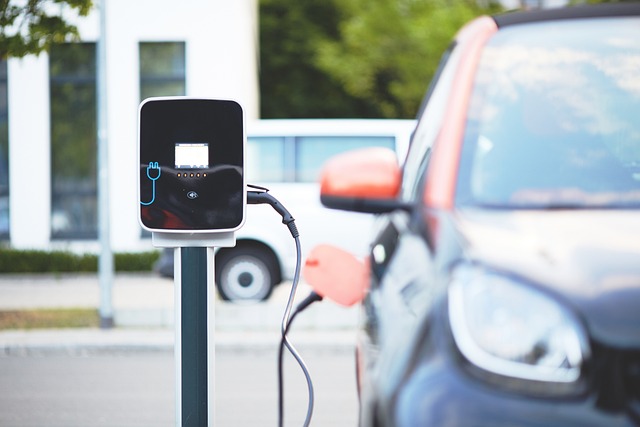The Hidden Revolution of Automotive Paint Technology
Imagine a world where your car's paint doesn't just protect the metal beneath, but actively repairs itself, changes color at the push of a button, or even generates electricity. This isn't science fiction – it's the cutting-edge reality of automotive paint technology. As we dive into this often-overlooked aspect of vehicle design, prepare to discover how the humble car coating is transforming into a high-tech marvel.

The latest developments in automotive paint technology include self-healing properties, where minor scratches and swirl marks disappear on their own. This is achieved through the incorporation of microcapsules filled with a clear, liquid healing agent. When the paint surface is scratched, these capsules rupture, releasing the agent that fills in the damaged area and hardens, effectively erasing the blemish.
Another groundbreaking innovation is the development of color-changing paint. Using electrochromic technology, these paints can alter their hue at the touch of a button. The paint contains special molecules that change their structure when an electric current is applied, reflecting different wavelengths of light and thus appearing as different colors.
The Science Behind Self-Cleaning Cars
One of the most exciting advancements in automotive paint technology is the development of self-cleaning coatings. These paints utilize hydrophobic and oleophobic properties to repel water and oil-based substances, making it difficult for dirt and grime to stick to the vehicle’s surface.
The science behind this technology lies in the creation of a nanostructured surface on the paint. This microscopic texture creates a layer of air between the paint and any contaminants, causing water and dirt to bead up and roll off easily. Some manufacturers have taken this concept even further by incorporating photocatalytic properties into the paint, which use sunlight to break down organic matter on the car’s surface.
Paint as a Power Source: Solar-Harvesting Coatings
In an era of increasing focus on sustainability, researchers are exploring ways to make automotive paint more than just a pretty face. Enter solar-harvesting paint technology. This innovative approach involves embedding tiny solar cells or quantum dots into the paint itself, effectively turning the entire vehicle surface into a solar panel.
While still in the early stages of development, this technology has the potential to revolutionize electric vehicles. Imagine a car that can continuously trickle-charge its batteries while parked in sunlight, or even supplement its power during driving. The challenges are significant, including efficiency and durability concerns, but the potential benefits make this an area of intense research and development.
Smart Paint: The Internet of Things Meets Automotive Finishes
As vehicles become increasingly connected, paint technology is not being left behind. Smart paints are being developed that can change properties based on external conditions or user preferences. These paints can incorporate sensors and conductive materials, turning the vehicle’s exterior into a large, interactive surface.
Potential applications include temperature-reactive paints that improve a vehicle’s thermal management, or coatings that can display information like charging status for electric vehicles. Some researchers are even exploring paint that can act as an antenna, improving connectivity for onboard systems.
The Environmental Impact: Sustainable Solutions in Paint Technology
With growing awareness of environmental issues, the automotive paint industry is working hard to reduce its ecological footprint. Water-based paints have become increasingly common, significantly reducing VOC emissions compared to traditional solvent-based coatings. But the innovations don’t stop there.
Researchers are developing bio-based paints derived from renewable resources like plant oils and recycled materials. These sustainable alternatives not only reduce reliance on petroleum-based products but also offer improved biodegradability at the end of a vehicle’s life cycle.
Additionally, advancements in application technologies are helping to reduce overspray and improve transfer efficiency, minimizing waste and energy consumption in the painting process. Some manufacturers are even exploring powder coating technologies for automotive applications, which produce virtually zero waste and can be recycled.
Conclusion: A Colorful Future for Automotive Technology
The world of automotive paint technology is undergoing a quiet revolution. What was once a simple protective coating is evolving into a sophisticated, multifunctional component of vehicle design. From self-healing and color-changing capabilities to energy harvesting and smart functionalities, the paint on tomorrow’s cars will do far more than just look good.
As these technologies mature and become more widespread, they promise to transform not just the appearance of our vehicles, but their functionality, efficiency, and environmental impact as well. The future of automotive paint is bright, colorful, and more high-tech than ever before – proving that even in the age of advanced powertrains and autonomous driving, there’s still plenty of innovation happening on the surface.





